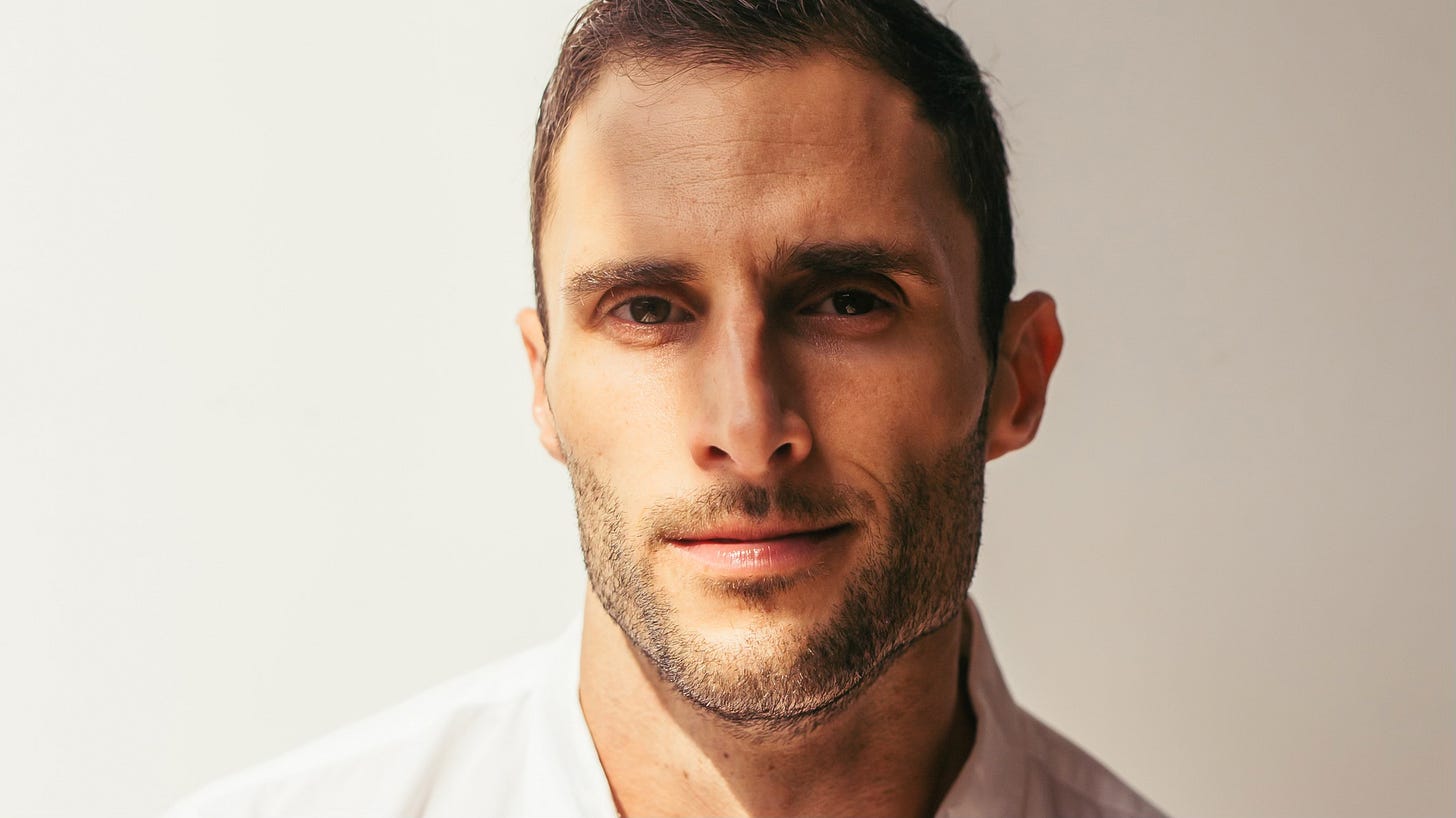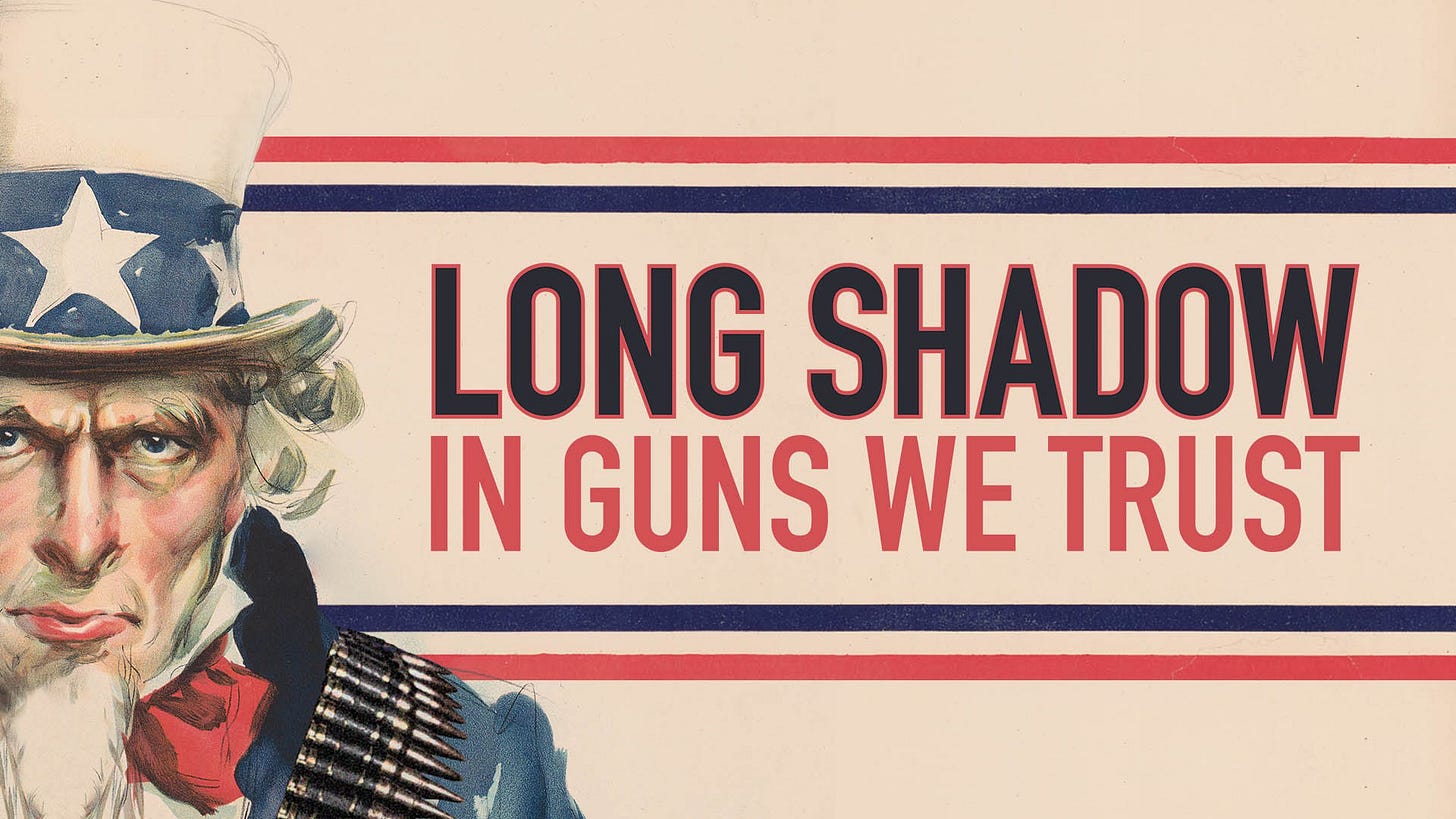Canaan rising: Journalist Jacob Kushner’s exploration of Haiti's newest city
Long Lead's latest feature examines self-governance, international aid failures, and the challenges of rebuilding a nation from the ground up.
In the aftermath of Haiti's devastating 2010 earthquake, a remarkable story of resilience and self-governance emerged on the outskirts of Port-au-Prince. Canaan, a city born from disaster, grew to house 300,000 people without formal government oversight. For journalist Jacob Kushner, this improvised metropolis became a lens through which to examine Haiti's complex history and uncertain future.
Kushner, a veteran foreign correspondent with over a decade of experience reporting from Haiti, the Dominican Republic, East Africa, and Germany, has spent years chronicling Canaan's evolution. His latest longform piece for Long Lead delves deep into the city's origins, its residents’ ingenuity, and the broader implications it has for Haiti’s struggles.
In this edition of Depth Perception, we spoke with Kushner about his journey in reporting this piece, the challenges of longform journalism in today's media landscape, and what Canaan's story can teach us about the future of Haiti and nation-building in crisis situations. —Parker Molloy
Can you tell me about your background as a journalist and your history with Haiti?
I'm from Wisconsin and went to journalism school there. By the time I graduated, I wanted to get out, and the only place I had really been was Haiti because I studied abroad in the Dominican Republic. So after I got out of college, I decided to move down to the island to try to be a freelance journalist. This was right after Haiti's big 2010 earthquake, which features prominently in this longform story.
Port-au-Prince, where I lived, was still strewn with rubble literally blocking the streets. There were camps of tens of thousands of homeless people who had nowhere to sleep. The whole country was still shaken up when I arrived, and everything revolved around trying to rebuild Haiti.
So I started investigating the nearly $10 billion in international aid that was pledged to Haiti by foreign governments, most of which never arrived. What did didn’t go through Haiti’s government or Haitian organizations. I spent a couple of years investigating how this huge outpouring of aid — the greatest after any disaster — ended up being used by international organizations and companies without making huge differences for the people of Haiti.
Tell me a bit about Canaan, what drew you to it, and how it became the focus of your latest story.
I was assigned by the Associated Press to cover this big tent city in a place called Canaan — barren land, empty of any people living on it. But after the earthquake, an NGO resettled some people there to a makeshift camp, and then more and more people started settling there. Haiti's president at the time declared the land public — which it was not — and many Haitians took that to mean they could go and live there for free. Suddenly, tens of thousands of people started moving to this vacant land outside the capital and settling there.
Come hurricane season, a major storm was bearing down on the island and threatening to flood that whole area. So my very first day in Canaan was in 2010 as the government and NGOs were trying to persuade people to get on buses and evacuate so they wouldn’t drown in the flood. But people wouldn’t go. They didn’t trust their government enough. They told me, “If we get on this bus, they're probably going to destroy our tents like people have done before, and we won't have anything.” That really instilled in me this massive amount of distrust between Haitian people and their government.
I eventually moved away from Haiti and reported in other parts of the world, but I kept going back almost every year to visit and do some reporting. In 2016, my friend and colleague Allison Shelley, a photographer who had lived in Haiti at the same time as me, proposed the idea of teaming up to go back to Canaan and explore it more, because it had grown by then to 300,000 people and had become one of the largest cities in Haiti. It had no government really because it didn't exist before, and there was no one municipality that technically had control over it.
We want YOU — to vote for “Long Shadow”
“Long Shadow: In Guns We Trust” is a finalist for an astounding three Signal Awards. Hosted by Garrett Graff and produced in collaboration with The Trace and Campside Media, this PRX-distributed podcast chronicles America’s decades-long gun violence epidemic and asks “How can we fix it?”
Vote for “Long Shadow” here:
Best Activism / Social Impact Podcast: https://bit.ly/3Bsg897
Best History Podcast: https://bit.ly/3TUoXPj
Best Documentary Podcast: https://bit.ly/3TS9Plq
What were some of the challenges you faced in gaining the trust of the residents?
I think after the earthquake in Haiti — and maybe always in Haiti — people are skeptical of what foreigners say, and for good reason: because foreigners have come for hundreds of years to Haiti with promises to help that haven't been fulfilled. But I was able to build trust pretty quickly by, one, the fact that I speak Creole.
I also was able to build trust because I kept coming back, and I just spent time there — walking around the city with people, meeting their families, chatting with them in a way that not all NGO officers do. People from an NGO would go in SUVs with security and an entourage, and there'd be a distance between people and these foreigners.
Given the instability and sometimes dangerous conditions in Haiti, were you ever concerned about your own safety in reporting this piece out?
In my two years living in Haiti, I almost always felt safe. I lived in a middle-class neighborhood, far from where most expats live, in the mountaintops. I would walk around day or night on my own and never had any problems while I lived there. I also knew a lot of people in the neighborhood, and trust is huge in Haiti.
Going into Canaan with trusted community leaders, I felt safe doing that and didn't encounter any problems. But again, that isn't to say it was safe for everyone living there. As time went on, especially in recent years, gangs have taken control of the city, unfortunately, as they've taken control of Haiti's capital and other parts of the country. So really, I think the people most at risk are the residents themselves.
For years, I've been receiving more and more disconcerting messages from my sources in Haiti about life living under the control of these gangs. I don't think it would be safe for me to return now. Until a couple of months ago, gangs had controlled the airport, so no one could fly in. Unfortunately, because of the collapse of Haiti's government and the collapse of its police force, today, no one is safe.
There are many Haitians, including those in my story, who are calling on the U.S. to do more. Many of the weapons in Haiti come from the U.S. and are smuggled there through routes from Florida. So there's a lot that the U.S. could be doing to make Haiti safer that it hasn't been able to do.
The latest from Long Lead: “An Unnatural Disaster”

In recent weeks, America has been engaged in a disinformation-laden conversation about Haitians. Meanwhile, over the past 15 months, Long Lead has been hard at work on deeply-sourced feature about Haiti, specifically the city of Canaan, which emerged from the rubble of 2010’s apocalyptic earthquake to rival cities like Buffalo, New York; Madison, Wisconsin; and Irvine, California in size. And it’s still growing.
In “An Unnatural Disaster,” international journalist Jacob Kushner follows a group of Haitians, desperate to save their country, as they build a new city from nothing, only to risk their lives against an even bigger danger: the long, slow, violent collapse of their national government. Brought to life by dozens of photos by Allison Shelley, this Long Lead feature reflects Haiti’s beauty and chaos, the hope of its people, and the dire straits of their plight.
More than a decade in the making, it’s tremendously relevant journalism that was made for exactly this moment.
Ignore the false narrative. Read and share “An Unnatural Disaster” today.
And finally, I'm wondering, with how short people's attention spans are these days, how do you make a longform piece like this resonate with readers who might be more accustomed to news now being delivered in quick little news bites?
It starts with putting readers in the shoes of those who are at the heart of the story. Our story opens with this incredible moment as many former residents of the city, who had to flee their own city because the gangs took control of it, decided one Saturday morning to march back to the city to try to take back control with their own hands — without guns, without police. We hope that readers will realize how daring, dangerous, and significant it was for them to do that.
As far as maintaining that interest, our job — me and the editor on the story, Pooja Bhatia, who is a longtime Haiti reporter herself — was to lead readers through a complex history in a way that didn't feel complex. Our job was to introduce readers to the characters who are sort of larger than life in Haiti, as well as those who are as ordinary as can be, and tell the story through their eyes.
I think a lot of Haiti reporting focuses rightly on the way international powers have condemned Haiti to this fate and created this situation over all these years, which we can talk about and which I've reported on at length before. Other reporting focuses on the day-to-day — the president was assassinated in 2021; that got a lot of attention. The prime minister resigned a few months ago. These things get fleeting attention, but I think so many readers in the U.S. wonder, "What's with Haiti? Why do we only hear bad news about it?"
The story tries to answer that question by looking through the lens of this one particular community that held quite a lot of promise after the earthquake.
We hope that by showing readers the lengths to which this community went to create a new reality for themselves, readers can begin to understand what Haiti is now facing — which is an entire nation that has no government. When I started this story, it was about this community of people in this city creating a government and a city from scratch. But now Haiti has to recreate its government and its nation from scratch.
We thought that readers might connect with a story that asks some of the biggest questions you can ask about a nation today: How do you restart a democracy in which there's no single elected leader at all left and has no elections in sight? How do you rebuild a nation that is shattered? How do you take it back from control of the gangs? We hope that the article would do more than just spotlight this city but would shine light on what’s going on in all of Haiti.
Further reading from Jacob Kushner
Look Away: A True Story of Murders, Bombings, and a Far-Right Campaign to Rid Germany of Immigrants (Hachette, 2024)
“Did Germany’s ‘Refugee Crisis’ Even Exist?” (NOĒMA, May 16, 2024)
“Too big to jail: the Colombian drug lord who snitched his way to freedom” (1843, Dec. 9, 2020)
“The Pernicious Power of American Promises” (The New York Times, Jan. 11, 2020)







